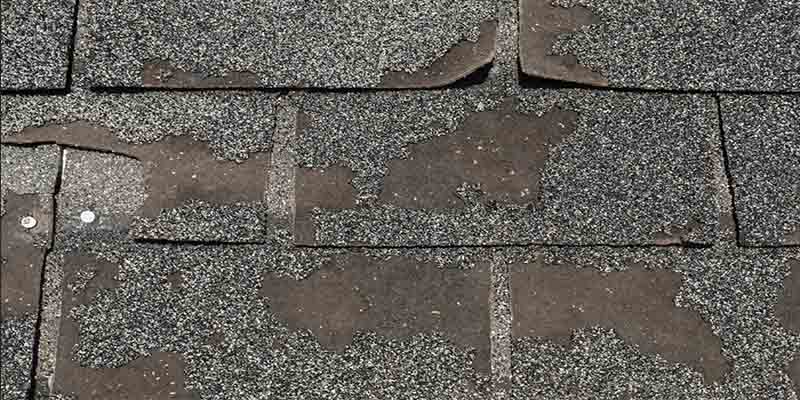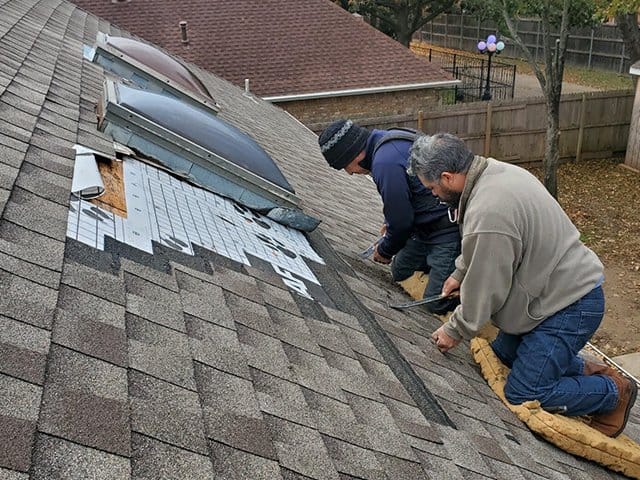Roofing Oahu: Expert Roofer for Your Oahu Residential property
Roofing Oahu: Expert Roofer for Your Oahu Residential property
Blog Article
Understanding the Different Kinds Of Roofings: A Comprehensive Overview for Homeowners
With a range of options-- ranging from the conventional gable to the modern level-- each type offers special advantages and difficulties that ought to align with the house owner's certain demands and ecological factors to consider. As we explore the complexities of numerous roofing kinds, it comes to be apparent that one size does not fit all; the right option might surprise you.
Gable Roofs
Saddleback roofs, identified by their triangular shape, are among one of the most popular roof styles because of their simplicity and performance in dropping water and snow. This design features two sloping sides that meet at a ridge, enabling reliable drain and minimizing the threat of water build-up. The high pitch commonly connected with saddleback roofs boosts their ability to manage heavy rainfall, making them suitable for different climates.
Along with their functional benefits, gable roof coverings use visual versatility. They can be adapted to different architectural styles, from typical to contemporary homes. The design can likewise fit additional attributes such as dormer windows, which boost all-natural light and ventilation in the attic room area.
Moreover, saddleback roofs give enough area for insulation, contributing to energy efficiency. Homeowners can choose from a selection of roof materials, consisting of asphalt roof shingles, metal, and ceramic tiles, better enhancing modification alternatives.
Despite their benefits, gable roof coverings may require additional support in areas prone to high winds or heavy snowfall. In general, the gable roof remains a preferred option due to its blend of capability, resilience, and visual charm.
Flat Roofs
Level roof coverings are commonly acknowledged for their minimal layout and functional applications, specifically in commercial and commercial setups (oahu roofing). These roofings feature a straight or virtually horizontal surface area, which permits very easy construction and versatile room utilization. While they may lack the visual appeal of angled roofs, flat roof coverings supply countless advantages, particularly in metropolitan atmospheres where making the most of area is crucial
Among the main benefits of level roofs is their access. House owners can use the roofing system space for numerous functions, such as rooftop yards, balconies, or photovoltaic panel installments. In addition, level roof coverings are typically extra affordable to maintain and set up compared to their sloped equivalents, as they call for less materials and labor.
Typical materials made use of for level roofing systems consist of built-up roof (BUR), changed bitumen, and single-ply membranes, each offering distinctive advantages. On the whole, flat roofing systems offer as a versatile and useful choice for lots of property owners and services alike.
Hip Roofing Systems
Hip roofings are defined by their sloped sides that assemble at the top, forming a ridge. This style is unique from gable roofs, as all four sides of a hip roofing incline downwards towards the wall surfaces, supplying a more steady framework. The angle of the inclines can differ, permitting adaptability in building visual appeals and functionality.
One of the primary benefits of hip roofings is their capability to withstand hefty winds and negative weather condition conditions. The sloped surfaces enable far better water drain, decreasing the risk of leaks and water damage. Additionally, hip roofs provide increased attic room, which can be made use of for storage or also converted right into habitable locations.
Nevertheless, building a hip roofing can be extra complicated and costly than less complex roofing system kinds, such as saddleback roofs. The additional material and labor involved in producing the slopes and making certain appropriate structural integrity can bring about higher expenditures. In spite of these downsides, numerous home owners favor hip roofings for their longevity, aesthetic allure, and possibility for energy efficiency.
Mansard Roofing Systems
Mansard roofing systems, frequently acknowledged by their special four-sided style, function two inclines on each side, with the reduced incline being steeper than the top. This building design, originating from France in the 17th century, is not only visually enticing yet useful, as it makes the most of the usable room in the upper floorings of a building. The steep reduced incline permits even more clearance, making it an optimal selection for attics or lofts, which can be transformed right into living areas.
Mansard roofing systems are characterized by their versatility, accommodating numerous building styles, from standard to contemporary. They can be built with different materials, including asphalt roof shingles, slate, or steel, offering home owners with a series of options to fit their spending plans and choices. Additionally, the design permits the combination of dormer windows, boosting all-natural light and ventilation in the top levels.
However, it is important to take into consideration the possible disadvantages. Mansard roof coverings may require even more upkeep as a result of the complexity of their design, and their steep inclines can be testing for snow and rain runoff. In general, mansard roofs combine elegance with usefulness, making them a popular option amongst house owners seeking unique architectural functions.
Dropped Roofings
As home owners progressively look for simpleness and capability in their architectural layouts, lost roofings have actually emerged as a preferred choice. Characterized by a single sloping plane, a shed roof presents a minimal aesthetic that complements numerous home styles, from modern to rustic.
Among the main benefits of a shed roof covering is its uncomplicated construction, which typically equates to decrease labor and material costs. This design permits effective water drain, minimizing the risk of leaks and water damage. In addition, the upright slope provides sufficient space for skylights, boosting all-natural light within the interior.
Dropped roofing systems likewise supply versatility in regards to usage. They can be successfully integrated into additions, garages, or outdoor structures like pavilions and sheds. Furthermore, this roofing system style can accommodate various roof materials, including metal, asphalt roof shingles, or perhaps eco-friendly roofs, straightening with green initiatives.
Nonetheless, it is important to consider regional climate problems, as hefty snow tons might require modifications to the roofing system's angle or framework. On the whole, dropped roof coverings provide a practical and aesthetically pleasing choice for property owners looking to maximize capability without compromising style.
Final Thought


Gable roofings, defined by their triangular form, are among the most preferred roof designs due to their simplicity and efficiency in losing water and snow. oahu roofing. The high pitch commonly connected with gable roofing systems improves their capability to deal with heavy rainfall, making them appropriate for various environments
While they may lack the aesthetic charm of pitched roofs, flat roofs use roofing oahu countless benefits, especially in city atmospheres where maximizing room is vital.

Report this page